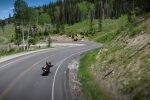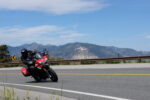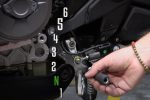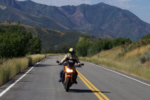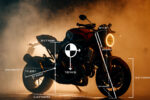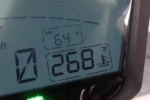87% of Riders Don’t Understand This
You’ve been thinking about your tires the wrong way. I know we get all caught up in compounds and carcass construction and all that, but that misses the most important thing about tires.
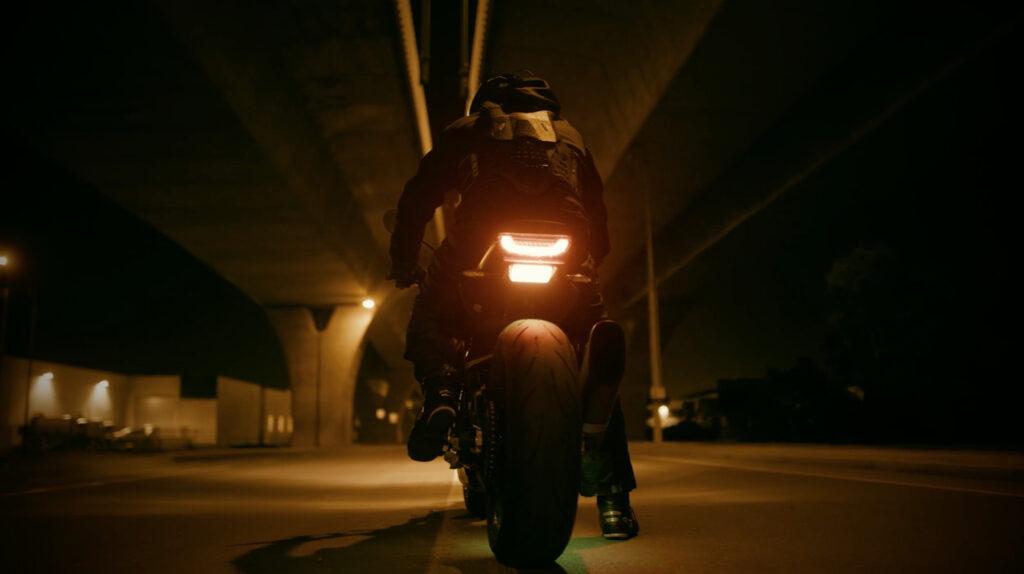
Now, it’s pretty well understood, or at least it should be, that tires are the most important part of your motorcycle. It’s the last thing we should scrimp on because, unlike a car, a failure or a bad motorcycle tire can easily lead to a crash.
But have you ever thought about this? Your tires are also springs? Yeah, that’s right. Think about it. If I take this spring and hit it with a hammer, what do you suppose will happen? The hammer is going to come back and hit me in the face.
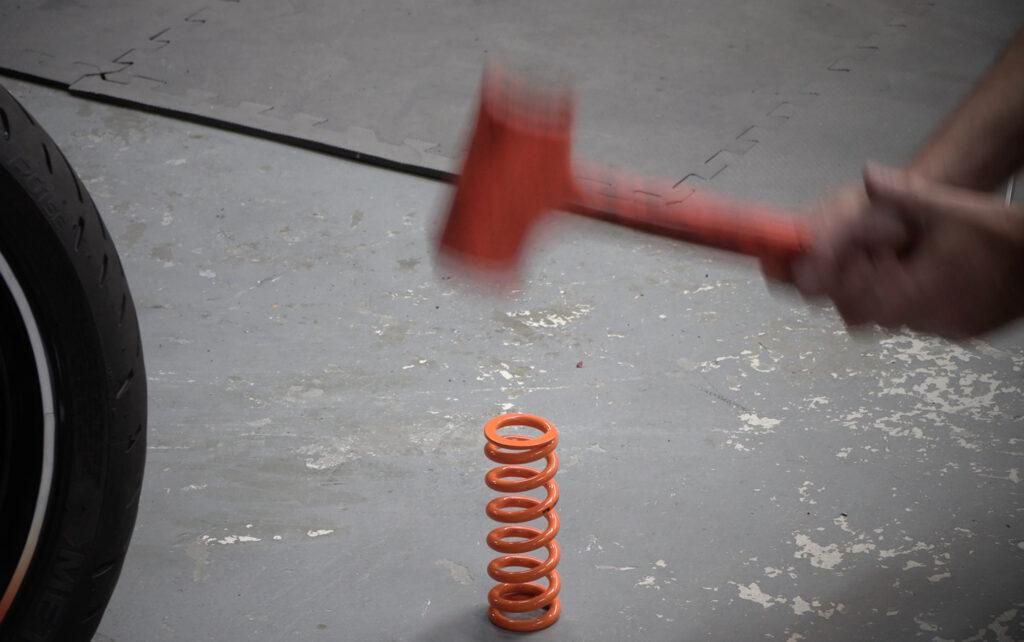
What happens if I take this inflated tire and throw it onto the ground? It’s a spring. Every action has an equal and opposite reaction. Springs come with ratings. This spring for a mountain bike shock is rated at 425 lb-inch. That means it takes 425 lbs of force to compress it one inch. This isn’t worlds away from PSI, or pressure inside our tire. More air means more force is required to compress the tire.
Now, the big difference between a shock and a tire is damping rates. So even the most casual motorcycle rider is probably familiar with some basic suspension terms. Sag, preload, compression damping, rebound damping. But you gotta stop calling it dampening. I’m embarrassed for people when they call it dampening.
Dampening is to make something damp. Damping is reducing the amplitude of an oscillation. Damping is a suspension term. Damping is the correct term. Your damper is what causes all the damping to take place. It’s damping, not dampening.
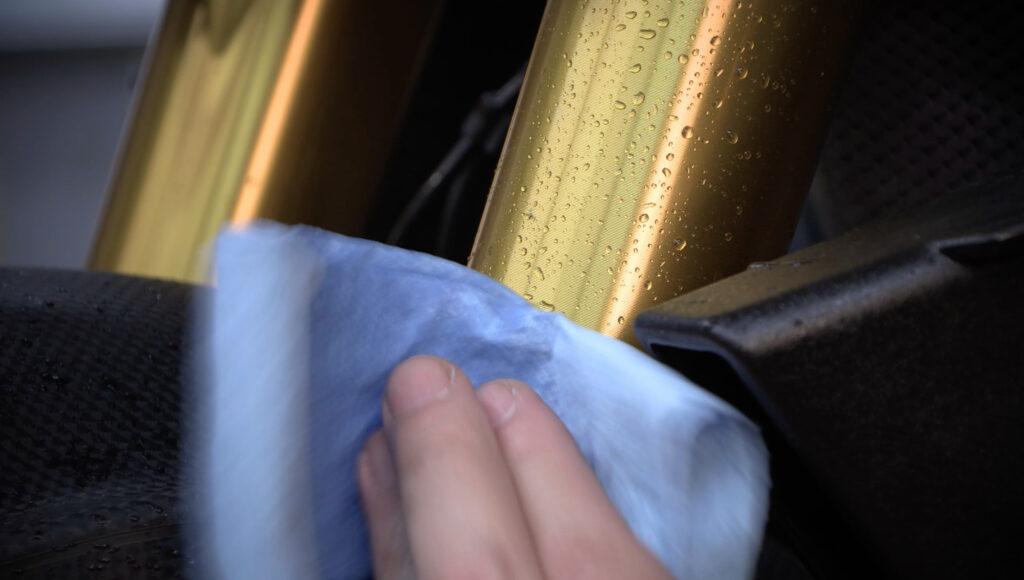
In our world, the damper inside our suspension controls how quickly the forks compress, and how quickly they return or rebound after the bump.
But back to our tires. Our tires are springs without any damping. I suppose you could dampen your tire, but that’s probably not what we want.
Understanding this one thing makes all the difference. Once we start thinking about our tires like springs, we start to see the problem with quick, abrupt or fast inputs. I can take this spring, and if I compress it slowly, I have a lot of control over it’s behavior compared to if I hit it with a hammer.
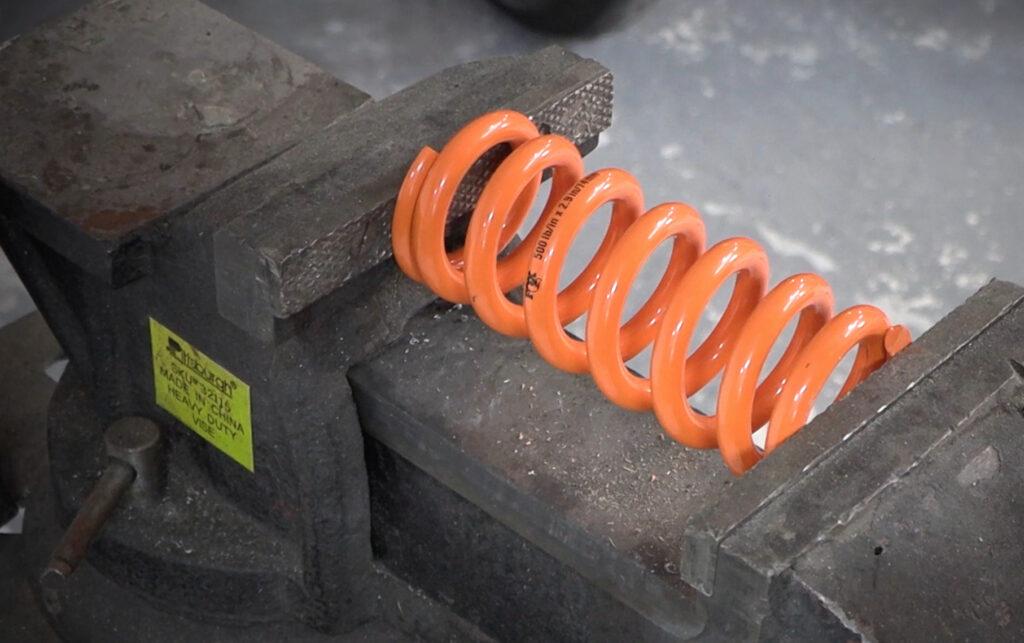
It’s the same thing with our tires. If we abruptly grab the brake, what is the tire going to do? If we abruptly whack the throttle, whats it going to do? Even if I abruptly snap a countersteer, whats the tire going to do?
Yamaha Champions Riding School has their 100 points of grip where they say “we load the tire before we work the tire” – I’m always saying to you guys, grip comes from weight; wait for the weight.
A tire can take an incredible amount of load, but what does a tire do with a sudden amount of load? It’s a spring. It’s going to push back just as suddenly.
What can we do to ensure we have smooth, linear inputs? There are a few strategies we can use. First, and probably the most important, is focusing on where we are and what we are doing. It’s not enough to look further ahead. listen, reaction time is made up of two components. Perception time. The time it takes to recognize the problem, and activation time. The time it takes us to take action; to activate the brakes.
So, when we stay focused and actively scan everything going on around us, this reduces our perception time. Keying in on a hazard even just 1 second sooner, at highway speeds, gives us 35 meters or over 110 feet more distance to deal with the issue.
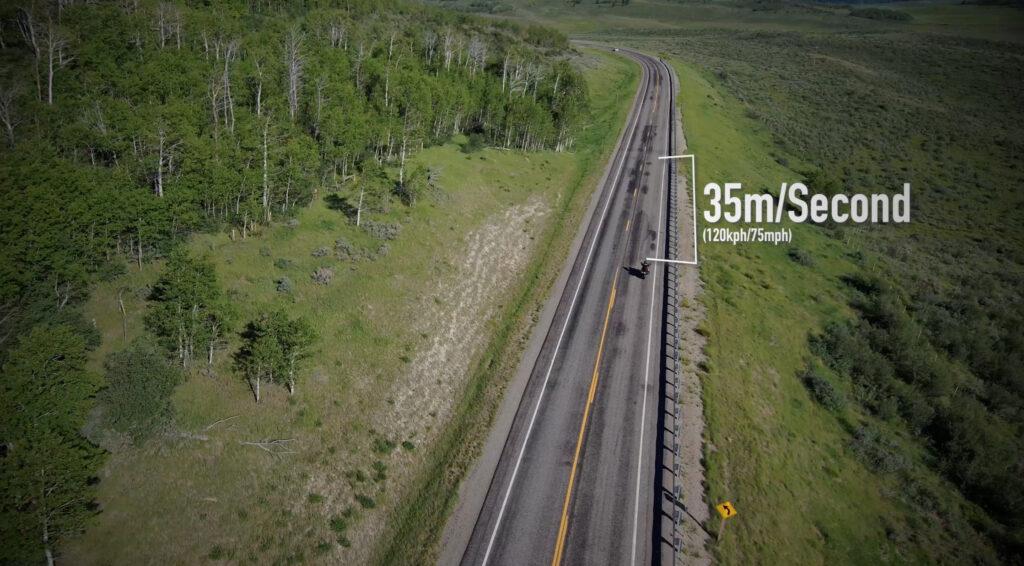
Simply covering the front brake reduces our activation time. From as much as 1 to 3 seconds according to some studies. Add those savings up and that’s practically a football field of free space! Time and space to tackle this next strategy.
And that next strategy is focusing on the first and last five percent of every control. The five percent of squeezing and the last five percent. The first five percent of throttle, and the last five percent of throttle.
When we are in a stressful situation, we revert back to what we do the most. We revert back to what we practice. This is why we here at CanyonChasers don’t bother with any technique that doesn’t work when the speed is up or the grip is down. We only practice proven best practices that have been shown to work, not just when conditions are ideal, but when conditions are not optimal. And a big one is practicing smooth, linear application of our inputs, especially the first and last five percent.
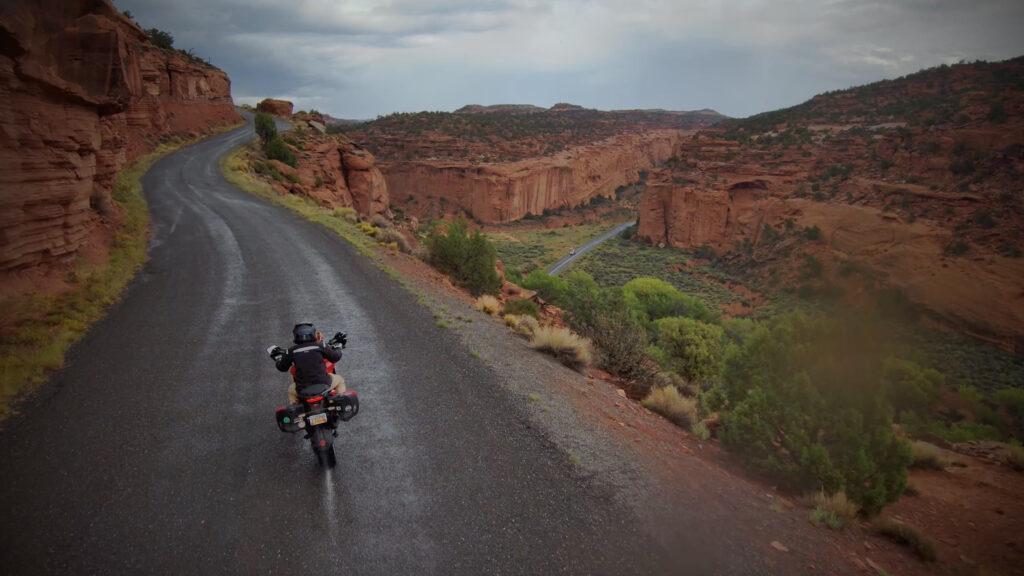
Our tires are springs. So guys, don’t don’t be afraid of your controls. Don’t be afraid of your front brake. Be afraid of abruptness. In the immortal words of a wise five year old motorcycle racer. We don’t want to surprise the tire.

